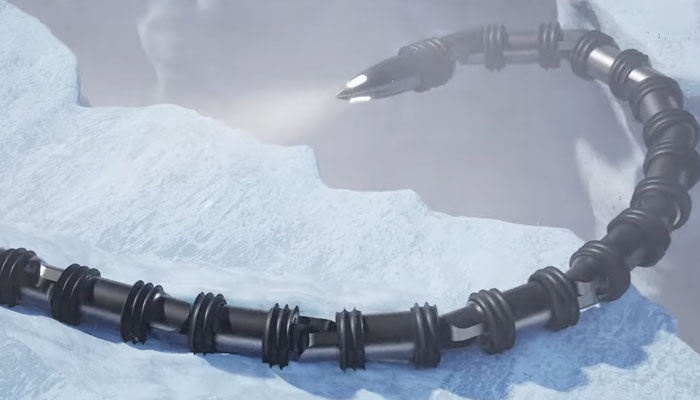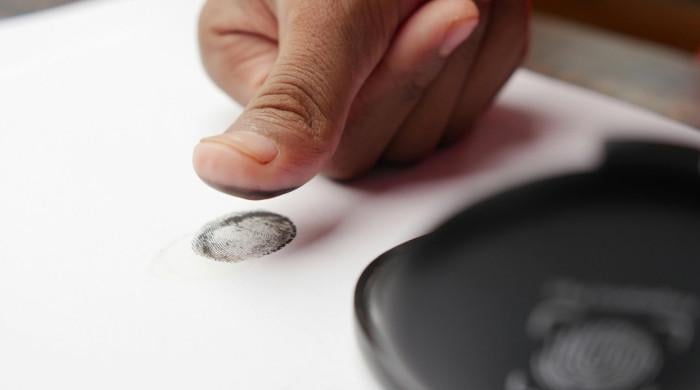WATCH: Nasa developing snake-like robot to search life on Saturn moon
Nasa tests the snake-like robot under different environments to ensure the achievement of the objectives
May 09, 2023
Nasa's Jet Propulsion Laboratory (JPL) is developing the Exobiology Extant Life Surveyor (EELS) to search for life in Enceladus — one of the 83 moons of Saturn.
Enceladus has a white icy surface, which is the most reflective object in our solar system.
Scientists have believed that beneath the ice, there is an ocean that could host life.
According to the Jet Propulsion Lab: "The EELS architecture is a snake-like, self-propelled robot and made of multiple, identical, segments containing both the actuation and propulsion mechanisms as well as the power and communication electronics to drive them.”
"EELS uses first-of-a-kind rotating propulsion units that act as tracks, gripping mechanisms, and propeller units underwater, enabling the robot to access a plume vent exit and follow it to its ocean source."
The robot is 16 feet in length and weighs 220 pounds. It is being tested under different environments to ensure the achievement of the objectives.

Last fall, it underwent testing at the Athabasca Glacier in Canada's Jasper National Park.
EELS launch date has not been announced, however, scientists are planning to finalise the concept by 2024.
According to the JPL website: "EELS creates a 3D map of its surroundings using four pairs of stereo cameras and lidar, which is similar to radar but employs short laser pulses instead of radio waves. With the data from those sensors, navigation algorithms figure out the safest path forward. The goal has been to create a library of 'gaits', or ways the robot can move in response to terrain challenges, from side-winding to curling in on itself, a move the team calls ‘banana'."
“It has the capability to go to locations where other robots can't go. Though some robots are better at one particular type of terrain or other, the idea for EELS is the ability to do it all,” said JPL's Matthew Robinson, EELS project manager.
“When you’re going places where you don't know what you'll find, you want to send a versatile, risk-aware robot that’s prepared for uncertainty — and can make decisions on its own.”
As it will be ready, 12 years' time would be required for a spacecraft to take the EELS to Saturn’s moon. However, scientists believed that it would only take days for the robot to reach the ocean source.
"The EELS system is a mobile instrument platform conceived to explore internal terrain structures, assess habitability and ultimately search for evidence of life," NASA said of its development.
"It is designed to be adaptable to traverse ocean-world-inspired terrain, fluidised media, enclosed labyrinthian environments, and liquids."
Nasa said: "And if all goes well, the robot snake could take ocean world exploration to the next level allowing deeper exploration into areas that were once unattainable."









